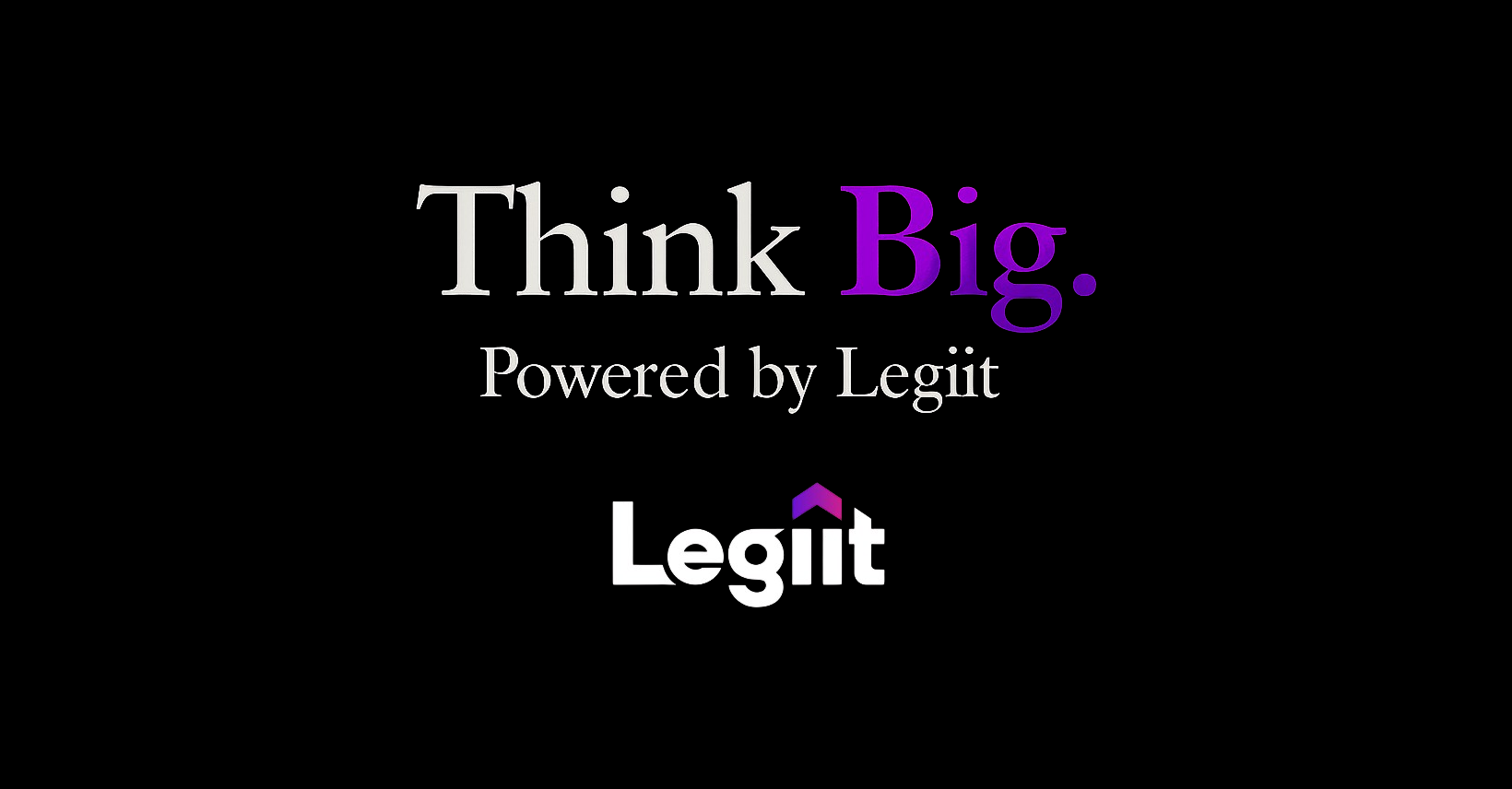The very nature of freelancing makes it a little tough to have accurate statistics of the trade. However, it’s believed that there are as many as 1.1 billion people working as freelancers globally.
Over the years, several studies have found freelancers to be generally happier with their jobs than traditional workers. The freedom and flexibility to pick projects and work from virtually anywhere in the world greatly contribute to this.
Similarly, freelancers get to avoid office politics and toxic environments known to exist in some workplaces.
It’s Not All Rosy…
With everything that’s going for it, freelancing seems to be the ideal work mode for most. While this is true for the most part, it’s not all smooth sailing.
54% of freelancers list job stability as a major concern. This, of course, is quickly followed by a lack of financial security.
So naturally, the goal for any freelancer is to get a steady stream of clients. This is the only way to safeguard your income.
This is often easier said than done. So how do top freelancers make the big bucks year-round? One way is through referrals.
These are important because:
- Your current or former clients are giving you a thumbs up; they love your output and are telling others about it
- It saves you effort and time in looking for new clients as referrals are literally delivered to your doorstep
- Referred clients already know your rates and are almost always comfortable with them when they make contact. They are therefore unlikely to ghost you once you give them your freelancing fees.
- Referrals provide you with qualified leads, eliminate much of the sale process
The potential of referrals is indisputable. Think of it in this manner. You complete one project perfectly, and the recipient sends two referrals your way. The capacity for these two is immense.
If you do well, these two can each potentially refer one or more clients who then refer one or more clients and so on. If done correctly, you might get enough projects to sustain your freelancing business from referrals alone.
This allows you to focus on delighting your clients and improving your craft instead of worrying about instability, advertising, and bringing new clients on board.
But how do you go about these magical referrals? After you have delivered on a project, you can now sit and wait for a referral to come in, right? Wrong!
There are numerous ways and you can use to incentivize and encourage your current customers to refer your services to their peers.
Here’s how you do it.
1. The Golden Rule: Deliver Excellent Work
![]()
There are no shortcuts on this one. To get referrals; you must deliver excellent quality.
Think about all the businesses you have recommended to others and why. Is there any on your list that offers poor-quality goods? Lacklustre customer experiences? Highly unlikely.
The same goes for referrals for freelancers.
Your clients will only refer you if you deliver great work. Refereeing mediocre freelancers would also put their reputation at stake. If you failed to deliver as expected, didn’t take instruction well, or failed to adhere to the agreed timelines; they are unlikely to burden their peers with that.
If they did, they would look bad as well.
If there is one sure thing to do when looking for referrals is to be extremely professional. Keep communication lines open throughout the project. Under-promise, and over-deliver. Go above and beyond for your client.
It can, at times, be difficult for businesses to find the perfect freelancer. But once they do, they are happy to shout about them from the rooftops. If you play your cards right, this could be you.
2. Networking
Many people cringe at the word networking. If you are one of them, it might help to think of it as building useful, beneficial friendships.
Whatever the case, you cannot ignore the value of long-term, supportive, networks as a freelancer.
The statistic below should aptly demonstrate why:
85% of jobs today are filled through networking.
This number is quite significant. Not just that, but the bulk of openings do not make their way to job boards and recruitment agencies.
As such, building relationships with other freelancers and decision-makers is instrumental in your field. Fortunately, it’s relatively easy to connect with businesses in your neighbourhood and online freelancing communities.
Create networks by:
- Joining professional sites like LinkedIn can link you up with other freelancers and turbo-charge recommendations
- Joining community boards that get local viewership
- Attending local events and gatherings
- Joining speciality Facebook groups for your line of work
- Taking up opportunities to speak in trade fairs, industry events, and events where your clients would be in attendance
You want to create an arrangement where other freelancers can send clients your way when they have too much on their plate to take on additional projects.
The grand rule of networking: reciprocity. Refer your networks as well from time to time.
3. Offer Referral Incentives

Let’s face it; everyone loves a win-win situation. This is what makes reward systems so effective. over time, even the most well-meaning people get weary over sending referrals for nothing.
Essentially, a good reward program should offer something to the referred client and the referee. Whatever this is, however, should be fashioned in a way that works for you.
Examples of this can be:
- A % discount off for an existing client’s next project if they refer a client that takes up your services
- A % discount for referred clients. This can be given for the first month they work with you
- A % cut of a client’s invoice to the freelancer that referred them to you
Essentially, you have to create a system where the more referees recommend your services, the more they get. That, coupled with stellar deliverables, are hard to resist.
If you get this right, your referral system might work so well that you find yourself overwhelmed. When the gods smile at you, remember to refer other freelancers as well.
Other rewards include:
- Amazon gift cards
- Service upgrades
- Freebie items (pens, t-shirts, clocks)
- Shout outs
- Cash rewards
- Contests and giveaways
Give this careful thought and come with an incentive plan that will drive referrals while protecting your revenues.
4. Build Relationships With Clients

Being nice never goes out of style. Aside from delivering high-quality work within agreed timelines, building a rapport with your clients encourages referrals.
Try and keep a relationship going even with clients that are seemingly a one-off job. This is important because you never know when they might need you again. Besides that, they might have a wide network of peers looking for your services.
Again, successful relationships are two-way. Think of what you can do for your one-off clients and long-term clients.
Examples of these include:
- Referring their services to others (be sure to let them know about it)
- Giving them a shout on social media if you are in that space
- Sending thank-you notes
Not only are these efforts going to be appreciated, but they help keep you in their memory. When an opportunity does come up. You want to be easily remembered and recommended.
5. Ask
“If you don’t ask, you don’t get’’, right?
Requesting your clients for referrals is a direct way to increase the number of recommendations-if done right.
When you deliver good work and have created a relationship with your clients, this should not be uncomfortable to do.
An example of this is:
Hey (insert client name)
I have had a great time working on your project and would love to talk more regarding future projects. In the meantime, I would appreciate it if you would recommend me to other brands that might require my services.
Depending on your relationship with a client, you can also get more specific by asking them to introduce you to a particular brand(s) they work with. But, again, it’s all dependent on the nature of your existing relationship.
Aside from reaching out directly like this, you can include a subtle nudge on your emails to them or your invoices.
Mind your timing, however. A badly timed referral request can kill a referral that was in the pipeline. Always save your ask for the right time. Often, this is when:
- A project has just wrapped up
- A client has just given you excellent feedback
- You have just completed a significant milestone in a multi-stage project
- A past client returns with a whole new job for you to work on
Referral etiquette requires you to acknowledge all referrals made. Be sure to thank your client, whether or not a referral they made was successful or not.
Similarly, while it’s okay to follow up on promised referrals, be sure to do it in a way that does not badger the client. Being too pushy can cost you not just the referral expected but an existing client as well.
Keep At It
Getting a steady stream of referrals will require some continuous effort on your part. Fortunately, these actions become second nature with time.
The other thing you will need to balance is how much effort to put in for what specific output and when to ease off your referral campaigns when work gets overwhelming. Good luck!












 Download
Download